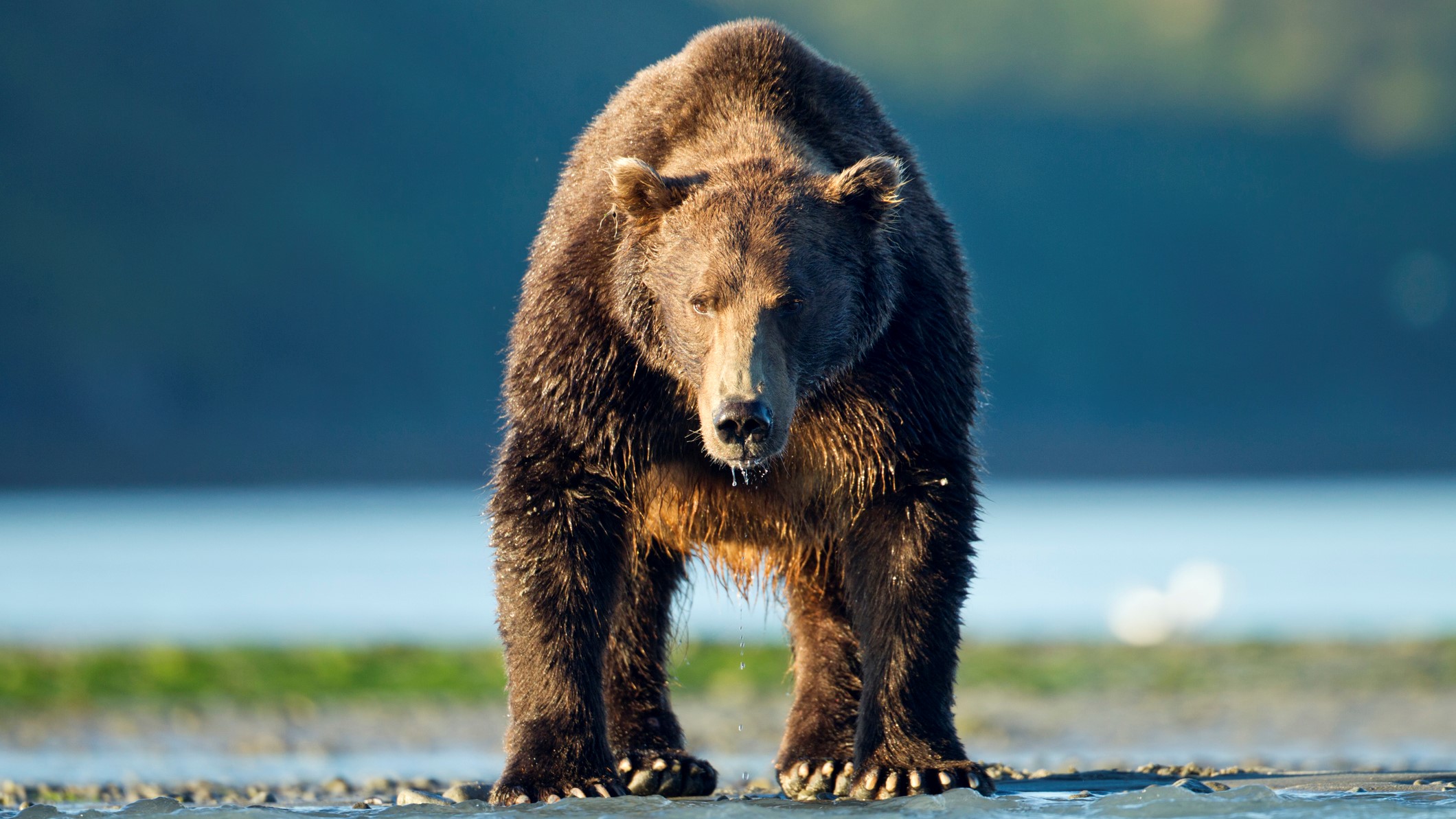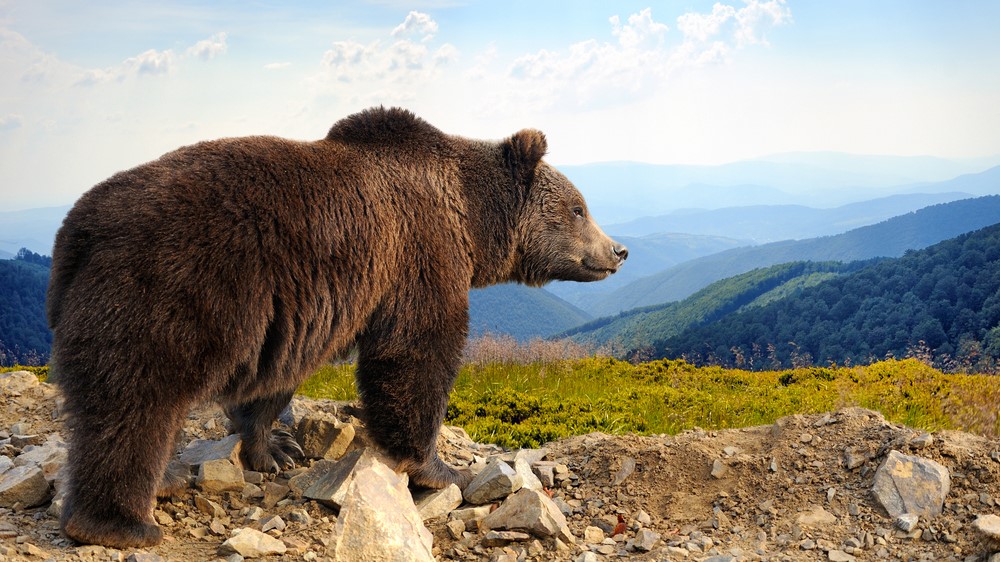Grizzly bear believed to have killed woman on Buttermilk Trail near Yellowstone National Park
The suspected attack, which occurred Montana, comes after officials warned that grizzly bears were moving into new areas in the state as their numbers grow.

A woman has died from a suspected grizzly bear attack near Yellowstone National Park, less than a week after officials warned that the animals had been spotted in areas they aren't normally found.
The remains of the woman, who has not been named, were discovered on the morning of July 22 on the Buttermilk Trail, a popular route west of Yellowstone in Gallatin National Forest, Montana. Investigators discovered grizzly bear (Ursus arctos horribilis) tracks in the area, which suggest that a bear attack was the most likely cause of death — although investigations are still ongoing, representatives from the Montana Fish, Wildlife and Parks (MFWP) department wrote in a Facebook post.
The area around the trail has been closed to visitors until park officials conclude their investigation. Normally, in situations like this, park rangers attempt to kill the bear responsible if they can track it down, before reopening the area to ensure public safety.
On July 17, MFWP representatives revealed that grizzly bears had been "sighted in several places where grizzlies haven’t been seen in recent years, and in some cases more than a century." These include parts of the Elkhorn Mountains, the Pryor Mountains and Helena, the state's capital, as well as other areas surrounding the greater Yellowstone area.
Related: Watch as 2 male Alaskan grizzly bears fight in an epic battle

The unusual grizzly bear sightings are likely tied to their growing population in Montana. Thanks to a successful recovery program, the state now has around 2,000 grizzly bears, which is second only to Alaska and almost four times more than neighboring Wyoming, according to MFWP.
The growing number of grizzlies has previously sparked debate about whether or not people should be allowed to hunt the bears again in the region, with proponents saying that the population is large enough to sustain hunting. Those opposed argue hunting was one of the factors that previously drove the population to collapse in the first half of the 20th century.
Sign up for the Live Science daily newsletter now
Get the world’s most fascinating discoveries delivered straight to your inbox.
In July 2021, another woman was killed by a grizzly while camping near Ovando, Montana, after the bear repeatedly entered the campsite, possibly in search of food. In April the same year, a man was fatally wounded by a grizzly while fishing near Yellowstone, USA Today reported at the time. And in March 2022, a grizzly mauled a man to death inside Yellowstone National Park while hiking in the Six Mile Creek area. Before these recent encounters, the last fatal grizzly attack in the state was in 2016.
MFWP has warned everyone visiting the state's rural areas to remain "bear aware," by carrying bear spray, traveling in groups, avoiding dead animals, looking for tracks, making lots of noise in areas where a bear may struggle to see them coming and, most importantly, not approaching a bear.

Harry is a U.K.-based senior staff writer at Live Science. He studied marine biology at the University of Exeter before training to become a journalist. He covers a wide range of topics including space exploration, planetary science, space weather, climate change, animal behavior and paleontology. His recent work on the solar maximum won "best space submission" at the 2024 Aerospace Media Awards and was shortlisted in the "top scoop" category at the NCTJ Awards for Excellence in 2023. He also writes Live Science's weekly Earth from space series.









